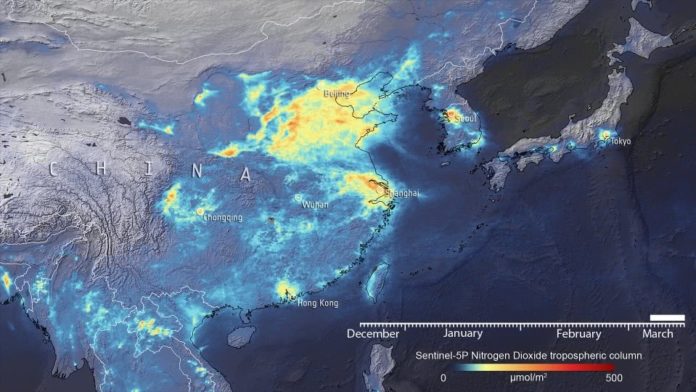The outbreak of the coronavirus has caused the world to fall into various crises, but behind the horrible disease, we have received a bit of wry smile of “gratification”!
We know that the effective way to prevent the spread of coronavirus is to isolate homes and avoid gathering outside. This has led to a reduction in people’s travel. The usually complicated traffic is now increasingly smooth, which means that the number of opportunities for vehicles is reduced, the reduction of exhaust emissions and the decline of air pollution are ridiculous.

Although this passive rescue has played a certain effect, once the human resume the fun of the past after the crisis, this is almost an irreversible fact, but thankfully, the earth ’s climate has temporarily eased!
It is understood that the space satellite tracked the degree of air pollution in China and Italy, and as a result, the amount of air pollution was reduced during the coronavirus outbreak. Because as the coronavirus continues to spread globally, more and more work and travel regulations are in place to reduce the risk of transmission. As observed by satellites orbiting the earth, this has reduced air pollution over Italy and reduced nitrogen dioxide emissions over China.

When the coronavirus first appeared in Hubei Province, China in December 2019, the factory closed, people were isolated and daily activities stopped. So, including shopping, regular work behaviors have been eliminated from everyday life. As the epidemic spread in Italy, they took the same steps.

Scientists have observed these atmospheric changes in space through the Troposphere Monitoring Instrument Toromi on the Copernicus satellite Sentinel-5P. The Copernicus Atmospheric Monitoring Agency (CAMS) has used this instrument to determine a significant decrease in fine particulate matter, a major air pollutant. Sentinel-5P is one of the seven Copernican satellites currently in orbit. It provides the most accurate measurement of nitrogen dioxide and other trace gases in space. Using satellite observations and computer models of the atmosphere, researchers have found that surface particulate matter in large areas of China has been reduced by 20% -30%.

According to Copernicus data, from December 20, 2019, to March 16, 2020, nitrogen dioxide emissions gradually decreased. Although you can see emissions increase again by the end of March, there was a significant and significant drop at the end of January.
Since nitrogen dioxide is mainly produced by transportation and factories, it is a primary indicator of global industrial activity, it’s clear that the level of nitrogen dioxide in China has dropped significantly, which is a result of the ban proposal on the 19th and a reduction in activity due to the Chinese New Year in January.
However, ESA’s Copernicus Sentinel-5P mission manager Claus Zehner added in a statement that these are only rough estimates. “We are working on a detailed scientific analysis that will soon provide more insights and quantified results in the coming weeks and months.”

